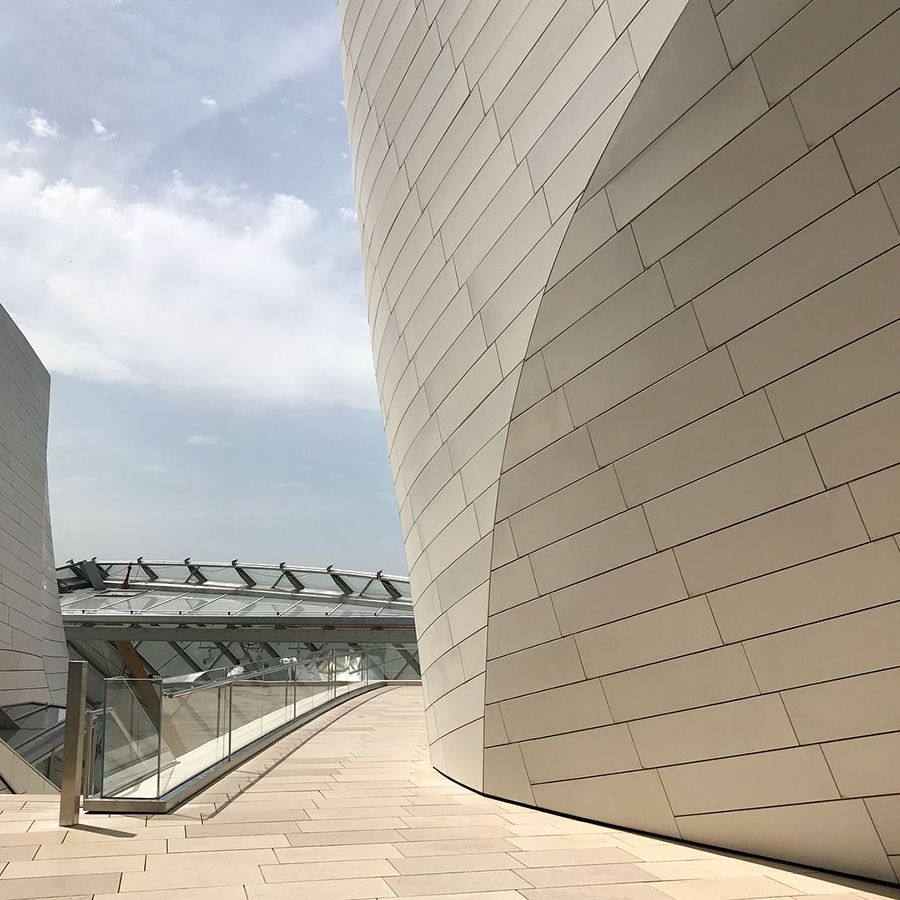In the archives

French Connections
Australian Print Workshop
Paris study tour
May – June 2018
French Connections, part 4
French Connections, part 1
French Connections, part 2
French Connections, part 3
French Connections, part 5
French Connections, part 6
French Connections, part 7
(Post) French Connections, part 1
(Post) French Connections, part 2
(Post) French Connections, part 3
(Post) French Connections, part 4
26th May:
Drop anchor. Deep down. Draw 360°. The desire to now wrap and unify all our books in paper, title them with texta, and cinch them closed will prove hard to resist. Equally, the desire to draw our current view as a circle, and later bind books like solid, banded, powdered forms worthy of being called tomes. Who knows, maybe we will. Maybe we won’t. For now, we look at images, dusting over in the mind, of a morning spent at the Musée des Archives nationales.
* * *
In the Princess’ Salon, through the Prince’s Bedroom, making chandeliers click-clack and floorboards talk, the object I covet turns out to be a ‘crochets’ (Dictionnaire de Furetière, 1960), but all I can find of it online is the process of interlocking loops of yarn or thread with a crochet hook. (A ‘crochets’ is a little wooden shelf, worn like a backpack, used to ferry a stack of archives. By little means comfortable, but by many means covetable, to my eyes, at least. An instrument de travail.)
26th May (continued):
At the Musée d’Orsay, as I imagined how it would feel inside the works of Sisley and Pissarro, a reminder that transference is not one way. I might have stepped into a painting, but in that moment, the painting also found a den, a roost, in me.
(Thank-you Charles Angard, Constant Troyan, Léo Gausson, Maurice de Vladminck, Paul Cézanne, Pierre Bonnard, Camille Pissarro, Maurice Denis, and Alfred Sisley.)
* * *
“[....] if only, he wrote, I had wings to fly towards the forests and listen to the sounds and music which we cannot hear [but] only perceive [and] which seem to be created by dreams and storybook characters calling us to go out and head towards forests as black as night.”
— Pēteris Krastinš (Âmes savages: Le symbolisme dans les pays baltes, works from Estonia, Livonia (which surrounded part of Latvia) and Lithuania, at the Musée d’Orsay)
27th May:
From the Musée Marmottan-Monet with its curious collection of bequeathed Monets and Corots to the indigo juice and alcohol varnish of Sigmar Polke at Foundation Louis Vuitton; from civic activities on the lake which looked like the paintings seen earlier on the gallery walls or studied during art school years to security guards like performance artists; from architecture as art and backdrop to pose before to a Senegalese loom with branches for supports at the other end of invention; from dogs enjoying their off-lead time in the former royal hunting grounds to the automatons of the 19th century at the Musée des Arts et Métiers (which we can see from our bedroom window); round and round, all day long. Though we could have sat before Christian Boltanski’s Animitas, a 13-hour film comprised of a single, fixed frame shot taken from sunrise to sunset, featuring the meditative sound and visual of 800 Japanese bells tinkling and bobbing in the wind, we zipped, traipsed, and sauntered, from one place to the next. Our second Saturday in Paris, nothing if not varied. It took 19,000 Ductal panels to make the “iceberg” form of Frank Gehry’s modern day palace to 1 hound to greet us on the riverbank to make today a very fine day indeed.
* * *
“I don’t care much for the art but what view! Superb!” (Overheard, in various formations, at the Pompidou, Louvre, Musée d’Orsay, Picasso Museum, and the Foundation Louis Vuitton.)
Image credit: Musée des Archives nationales, 2018























































